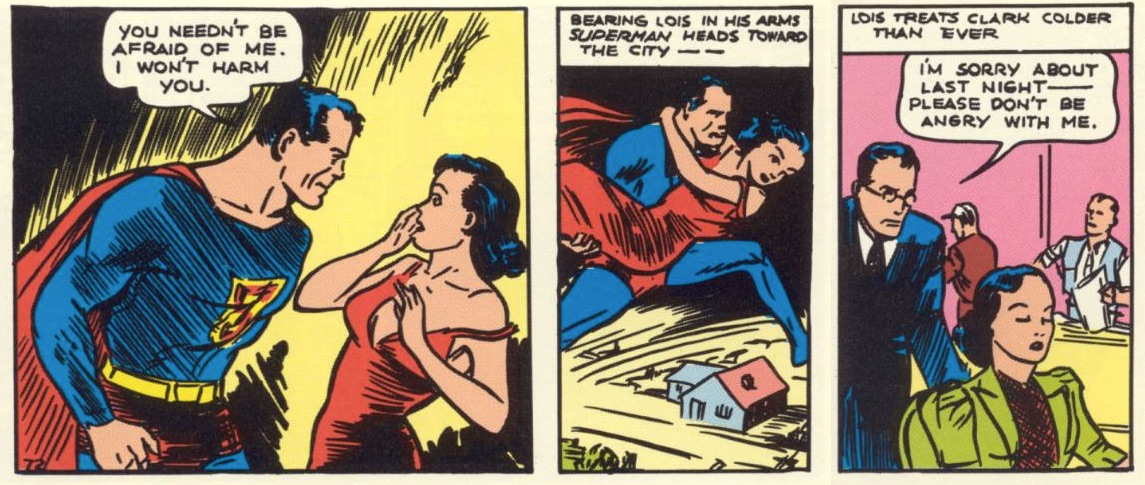Click here and press the right key for the next slide (or swipe left)
also ...
Press the left key to go backwards (or swipe right)
Press n to toggle whether notes are shown (or add '?notes' to the url before the #)
Press m or double tap to slide thumbnails (menu)
Press ? at any time to show the keyboard shortcuts

Theme
What is metaphysically necessary
for your survival?
chocolate
‘I am a different person now’
[Olson’s formulation] If a person exists at one time and something exists at another time, under what possible circumstances is it the case that the person is the thing?
Omar suffers from a rare brain-destroying disease.
His sister Betty offers to donate her left brain hemisphere.
Omar’s brain is removed and Betty’s left hemisphere is implanted in his skull.
Does Omar continue to exist?
Omar suffers from a rare neurodegenerative disease.
His sister Betty offers to have her brain wiped and re-programmed with Omar’s memories and learnt associations.
Betty’s brain is wiped and re-programmed; shortly after Omar’s brain gives out altogether.
Does Omar continue to exist?
Theme
What is metaphysically necessary
for your survival?
chocolate
‘I am a different person now’
[Olson’s formulation] If a person exists at one time and something exists at another time, under what possible circumstances is it the case that the person is the thing?

Siegel & Shuster, 1939 (Issue 1)
numerical identity

Siegel & Shuster, 1939 (Issue 1)
‘Identity is utterly simple and unproblematic.
Everything is identical to itself; nothing is ever identical to anything else except itself.
There is never any problem about what makes something identical to itself; nothing can ever fail to be.
And there is never any problem about what makes two things identical; two things never can be identical.’
Lewis, 1989 pp. 192--3
Theme
What is metaphysically necessary
for your survival?
chocolate
‘I am a different person now’
[Olson’s formulation] If a person exists at one time and something exists at another time, under what possible circumstances is it the case that the person is the thing?
‘Few concepts have been the source of more misunderstanding than identity over time. The Persistence Question is often confused with other questions or stated in a tendentious way.’
Olson, 2019
Theme
What is metaphysically necessary
for your survival?
chocolate
‘I am a different person now’
[Olson’s formulation] If a person exists at one time and something exists at another time, under what possible circumstances is it the case that the person is the thing?
[Olson’s formulation] If a person exists at one time and something exists at another time, under what possible circumstances is it the case that the person is the thing?
Answer 1: psychological continuity
Necessarily, a person existing at one time is a person existing at another time if and only if the first mentioned person can, at the first time, remember an experience the second mentioned person has at the second time, or vice versa.




[Olson’s formulation] If a person exists at one time and something exists at another time, under what possible circumstances is it the case that the person is the thing?
Answer 1: psychological continuity
Necessarily, a person existing at one time is a person existing at another time if and only if the first mentioned person can, at the first time, remember an experience the second mentioned person has at the second time, or vice versa.
interruption
yyrama -- weekly tasks
also do peer reviews
take your work to the seminar
tabula -- assessed work
[Olson’s formulation] If a person exists at one time and something exists at another time, under what possible circumstances is it the case that the person is the thing?
Answer 1: psychological continuity
Necessarily, a person existing at one time is a person existing at another time if and only if the first mentioned person can, at the first time, remember an experience the second mentioned person has at the second time, or vice versa.


Three inconsistent claims
Sam was an embryo; unless she recovers, Sam will be in a PVS
Person essentialism is true
Necessarily, a person existing at one time is a person existing at another time if and only if the first mentioned person can, at the first time, remember an experience the second mentioned person has at the second time, or vice versa.


person essentialism?
Hannah’s view
The butternut squash wasn’t always Annabel or any other person, and it won’t be Annabel (nor any person) later when I cook it.
This butternut squash, which is now Annabel, is identical with a seed.
The seed was never Annabel, nor any person.
Steve’s view
Hannah is a person essentially: being a person is not an attribute she could gain or lose without ceasing to exist altogether.
This person, Hannah, was once an embryo.
The embryo was a person.
Have I shown that
person essentialism
is true? No!
So what are you
trying to show?
Eventually, that
psychological continuity views
of personal identity
presuppose personal essentialism.
Three inconsistent claims
Sam was an embryo; unless she recovers, Sam will be in a PVS
Person essentialism is true
Necessarily, a person existing at one time is a person existing at another time if and only if the first mentioned person can, at the first time, remember an experience the second mentioned person has at the second time, or vice versa.
Two lines of objection to psychological continuity views
You were an embryo.
You can be psychologically continuous with more than one individual.

conclusion
There is an intricate question about personal identity and survival.
Psychological continuity views provide one candidate answer.
Our inconsistent triad provides a source of objections.